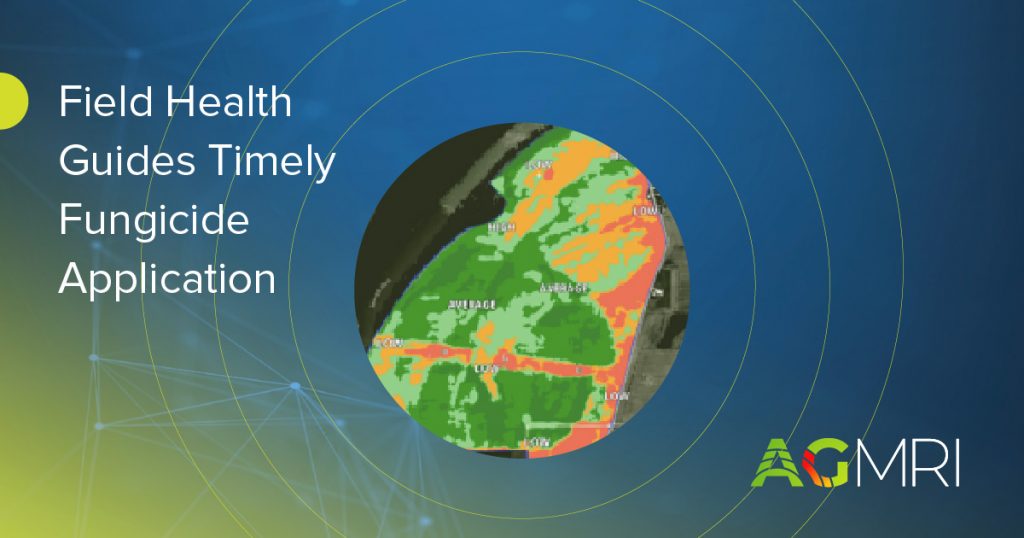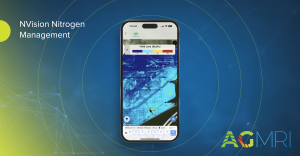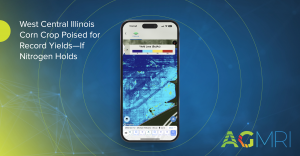Background
A corn and soybean farmer in Indiana found himself at a crossroads regarding a crucial decision – whether to apply fungicide to a river bottom field in July. This irrigated field was particularly susceptible to diseases, especially with consecutive corn crops (corn after corn) and the looming threat of tar spot. The decision was further complicated by concerns about unpredictable weather patterns and the potential return on investment (ROI).
The grower had a history of applying fungicide across his acres but hesitated this year due to concerns about crop quality, health, and future ROI. Despite the challenges posed by factors like irrigation and consecutive corn cropping, the field in question appeared to be in better shape compared to the four-year average.
Challenge
The challenge had the potential to escalate if not addressed. The grower grappled with uncertainty about whether the field would yield a satisfactory ROI, considering the volatile weather patterns. Failing to take action could have resulted in yield losses, given the field’s vulnerability to diseases, especially in the context of consecutive corn cropping and irrigation.
The grower contemplated forgoing fungicide application across all his acres, although most were irrigated. Ultimately, he decided to invest in protecting the field’s health and potential, viewing it as insurance against stalk degradation, disease pressure, drought, and other risks.
Solution
AGMRI played a pivotal role in resolving this challenge by providing essential insights. It compared the current field health with a four-year average, offering valuable data for decision-making. AGMRI’s comprehensive field health map, rather than relying on a single point, was instrumental in this process. The use of NDVI and historical crop health data saved valuable time that would have otherwise been spent on field scouting.
The comparison between the field health map and the historic field health map, along with the inclusion of examples from the previous year (2022), showcased the improved health and potential of the 2023 corn crop compared to the last four years.
Results
The outcome was a timely fungicide application that significantly improved the crop’s health in the field. The grower’s experience with AGMRI is likely to shape future decisions and field prioritization. The application not only safeguarded the current crop but also preserved the field’s yield potential, underscoring AGMRI’s value in optimizing crop management decisions.















